Speed and accuracy are musts when it comes to wildlife photography. So you might be surprised if somebody recommends using manual focus for photographing wildlife. Photographer Paul Miguel talks about certain scenarios where autofocus systems struggle and demonstrates why manual focus is sometimes a better option:
Focus Distractions
“This is probably the one you’re going to experience more commonly than anything.”
If your subject is small, like a bird, and if it is amidst branches, leaves, or foliage, the camera can get distracted and focus in the wrong places. This can cause the camera to hunt for focus, and it can end up focusing on the branches or the background. If you find that the autofocus is struggling, quickly review your image just to be sure, and switch over to manual if the subject is out of focus.
Low Light
No matter how good autofocus systems are, they tend to lag behind when light is limited. When light is low, the camera will refuse to lock focus and will just keep hunting for focus.
When shooting in such challenging situations, switch over to manual focus and take control over where you want to focus. Use live view and zoom in on the screen to make sure you’re focusing on the right spot.
“I go on to live view and typically use 5x to zoom in. And then I critically focus manually on the live view mode.”
Low Contrast
Autofocus systems work best in conditions where there’s good amount of contrast. But, when photographing wildlife that’s low in contrast, the camera can struggle. For instance, when photographing birds that are just one color and one tone, you might come across this problem.
This can also happen when shooting in misty and foggy situations. Switching over to manual focus mode is again the best bet when your camera is refusing to lock on due to lack of contrast.
Skinny Subjects
When the subject you’re trying to photograph is naturally skinny, there’s nothing much for the camera to hold on to. The focus can move onto the foreground or the background, resulting in out of focus images.
Planned Action
You can opt for autofocus without a doubt when photographing action. For instance, when photographing birds in flight or animals that are running, stick to autofocus. But, when you’ve set up your composition, and you don’t plan on following the subjects around, you’d be better off using manual focus.
In the video, Miguel had the camera focused on the nest hole and took the photograph when the bird flew in. If he’d used autofocus, the camera might not have picked up the fast-flying bird in time.
Similarly, for the following image, he manually focused on the perch in advance. He then took a burst of images as the bird flew in.
Hopefully, this video convinced you that autofocus isn’t the only way to go when it comes to wildlife photography.
Like This Article?
Don't Miss The Next One!
Join over 100,000 photographers of all experience levels who receive our free photography tips and articles to stay current:
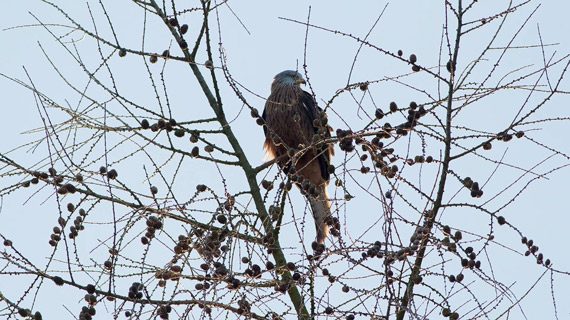
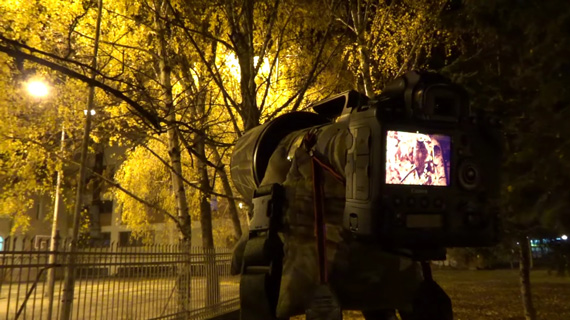
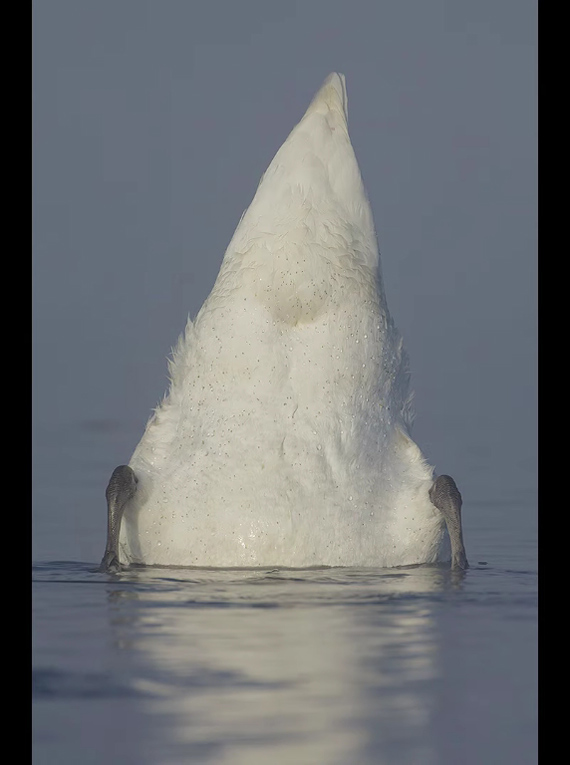
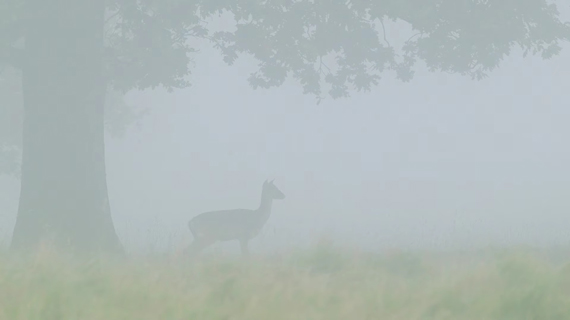
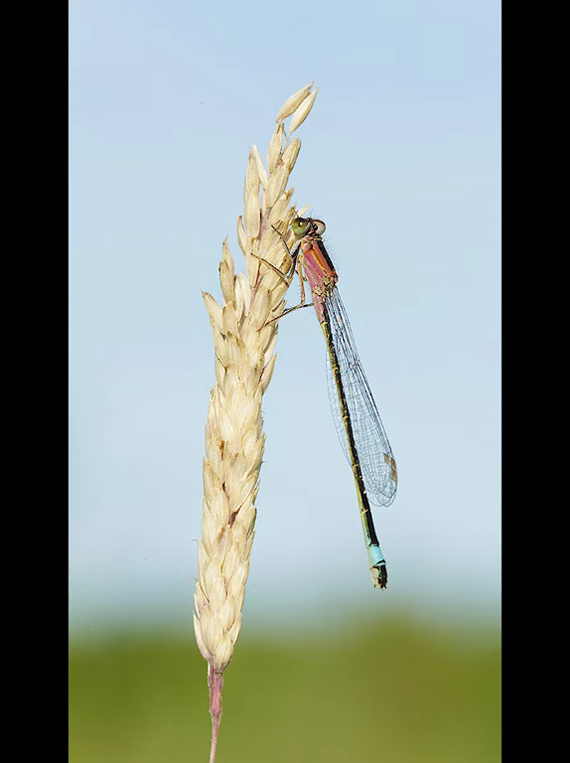
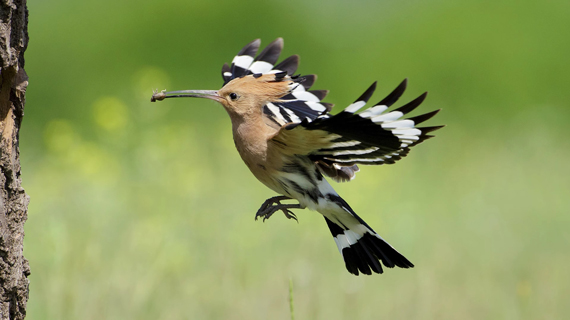
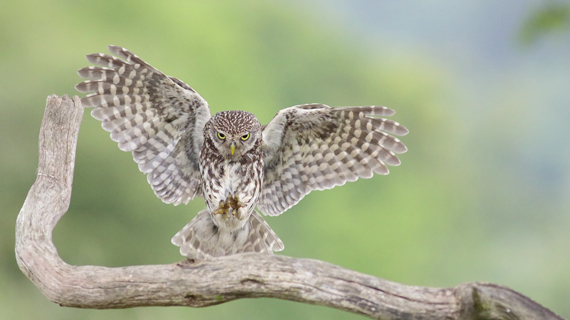






Very good tips regarding photography. Thanks.